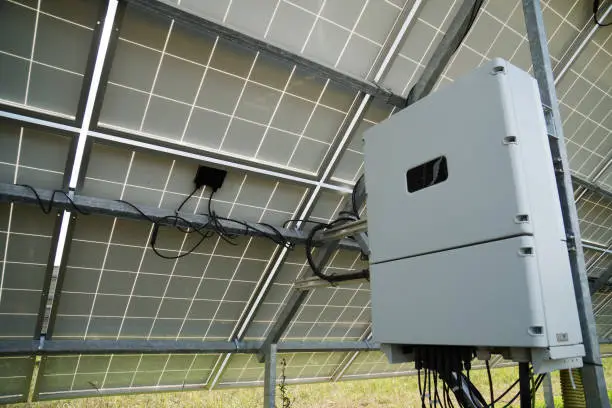Battery Insights: An In-Depth Look at Various Types
In the realm of renewable energy, batteries are pivotal in storing and managing power generated from solar panels. The choice of battery can significantly impact the efficiency, cost, and reliability of a solar power system. As the renewable energy sector continues to evolve, selecting the right battery type becomes increasingly critical to ensure efficient energy storage and sustainable power generation.
Types of Batteries:
1. Lead-Acid Batteries
Definition: Lead-acid batteries are the oldest type of rechargeable battery, as it is using lead and sulfuric acid to store energy.
Common Uses: Residential and commercial solar energy storage, backup power systems.
Advantages: Cost-effective, reliable, and capable of high surge currents.
Disadvantages: Heavy, shorter lifespan compared to other batteries, and require regular maintenance.
Areas: Lead-acid batteries are used in automotive, renewable energy systems, telecommunications, UPS systems, forklifts, marine vehicles, emergency lighting, and stationary power applications.
2. Lithium-Ion Batteries
Definition: Lithium-ion batteries use lithium compounds as the electrode material and are known for their high energy density and long life.
Common Uses: Residential solar systems, electric vehicles, portable solar setups.
Advantages: High energy density, long lifespan, lightweight, and low maintenance.
Disadvantages: Higher upfront cost and complex recycling process.
Areas: Lithium-ion batteries are utilized in electric vehicles, consumer electronics, renewable energy storage, grid stabilization, aerospace, and medical devices.
3. Nickel-Iron Batteries
Definition: Nickel-iron batteries use nickel oxide hydroxide and iron as electrodes, known for their durability and longevity.
Common Uses: Off-grid solar systems, industrial applications.
Advantages: Extremely durable, long lifespan (up to 20-30 years), and resistant to overcharging.
Disadvantages: Lower energy density and higher self-discharge rate.
Areas: Nickel-iron batteries find applications in renewable energy storage, off-grid power systems, telecommunications, and remote area power supply.
4. Flow Batteries
Definition: Flow batteries store energy in liquid electrolyte solutions that flow through electrochemical cells.
Common Uses: Large-scale solar energy storage, grid applications.
Advantages: Scalable energy capacity, long cycle life, and can be left discharged for extended periods without damage.
Disadvantages: Higher initial cost and complex system integration.
Areas: low batteries are employed in grid energy storage, renewable energy integration, backup power systems, and electric vehicle charging infrastructure.
5. Sodium-Ion Batteries
Definition: Sodium-ion batteries use sodium ions as the charge carriers, an emerging technology with potential cost benefits.
Common Uses: Potential for residential and commercial solar systems.
Advantages: Abundant raw materials (sodium), potentially lower cost than lithium-ion.
Disadvantages: Still under development with lower energy density compared to lithium-ion.
Areas: Sodium-ion batteries are used in grid energy storage, electric vehicles, portable electronics, and renewable energy systems.
6. Solid-State Batteries
Definition: Solid-state batteries use solid electrodes and a solid electrolyte, offering enhanced safety and energy density.
Common Uses: Future residential and commercial solar applications, electric vehicles.
Advantages: High energy density, enhanced safety, and longer lifespan.
Disadvantages: Currently more expensive and not yet widely available.
Areas: Solid-state batteries are utilized in electric vehicles, consumer electronics, medical devices, and aerospace applications for their enhanced safety, energy density, and lifespan.
Conclusion:
Selecting the right battery for your solar panel and inverter setup is essential for maximizing energy efficiency and ensuring long-term reliability. Lead-acid batteries remain popular for their affordability and dependability, while lithium-ion batteries offer superior performance and longevity despite their higher cost. Emerging technologies like sodium-ion and solid-state batteries promise exciting advancements in energy storage.
Understanding these options helps you make an informed decision tailored to your specific energy needs, contributing to a more sustainable and efficient solar power system.


